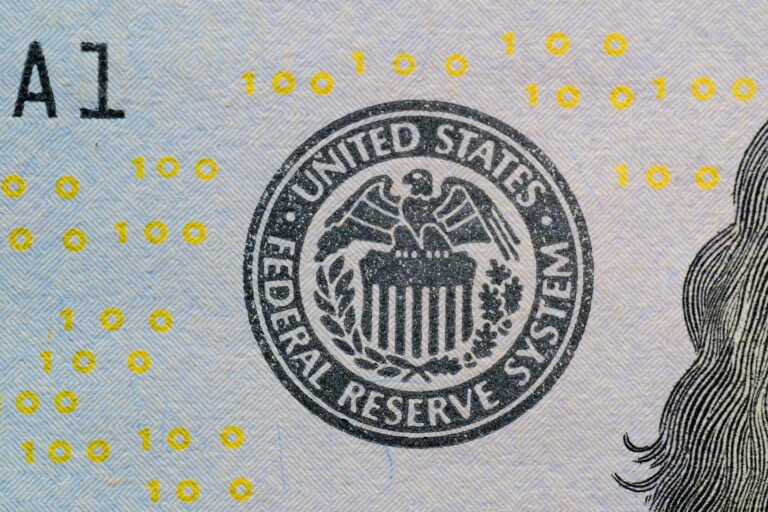2025 Market Recap:
From golden records to a shaky oil market and geopolitical tensions. Central banks decisions and strengthened Mexican peso, explore this crazy year in our market recap

From golden records to a shaky oil market and geopolitical tensions. Central banks decisions and strengthened Mexican peso, explore this crazy year in our market recap

India appears to be inching toward a digital currency ecosystem uniquely suited to its economic ambitions

Nvidia reaches $5 trillion. What happens if that enthusiasm outpaces reality? Is the market a boom or a bubble waiting to burst? How would that affect Forex?

Gold reaches an unprecedented $4,000 per troy ounce, marking a critical moment in global markets amid rising uncertainties.

Gold extended its rally in early September, briefly breaking above the $3,600 per ounce threshold. This advance caps a strong year-to-date performance of more than 40%, underlining gold’s role as one of the standout assets in 2025.

Understand how geopolitical tensions affect forex trading as the U.S. dollar fluctuates, is it going to keep momentum?
A trailing stop is a type of stop-loss order that automatically adjusts to follow the market price. This happens as it moves in a trader’s favor. Unlike a fixed stop-loss, which stays at a set price, a trailing stop moves up (for a buy position) or down (for a sell position). It does so based…
Technical Analysis is a method used by traders to evaluate and forecast price movements in financial markets. This is done by analyzing historical price data and trading volumes. Instead of focusing on a company’s fundamentals or economic indicators, technical analysts use charts, patterns, and technical indicators—such as moving averages, RSI, and MACD. They use these…
A Take Profit (TP) order is a type of pending order used by traders. It automatically closes a position once the price reaches a specific profit target. It is designed to lock in gains without requiring the trader to monitor the market constantly. When the market hits the set take profit level, the order is…